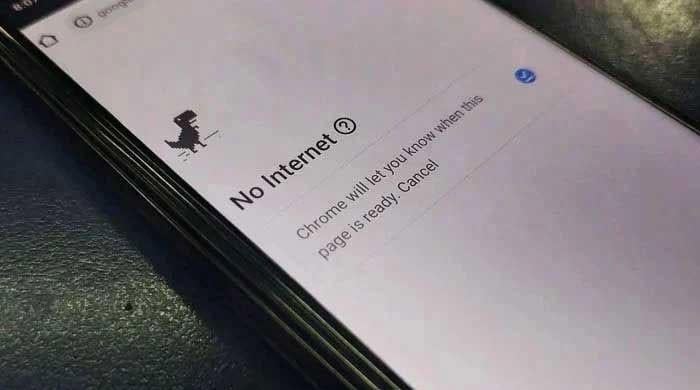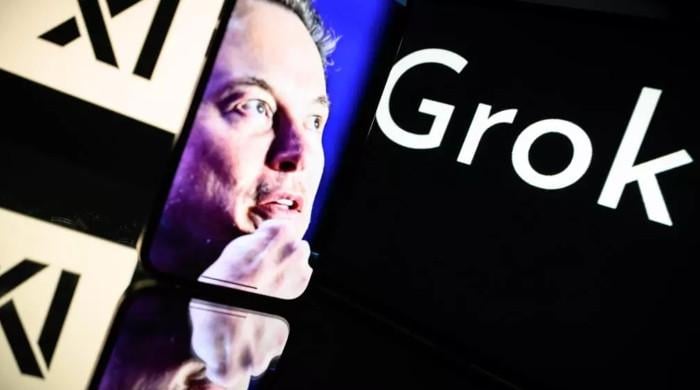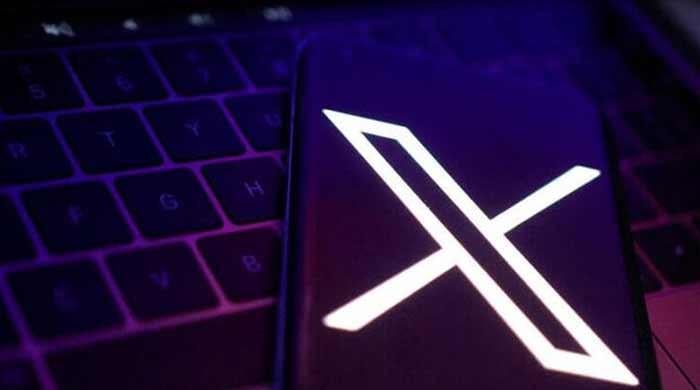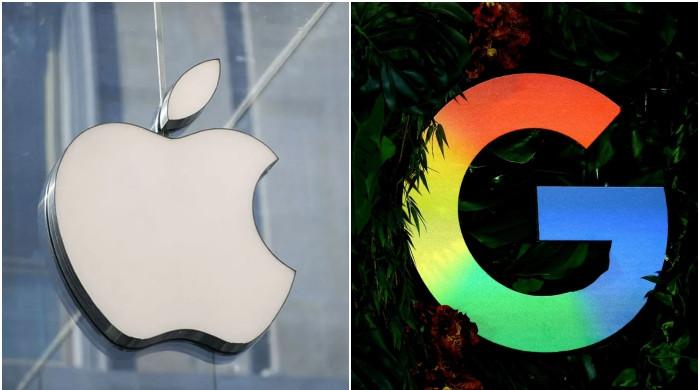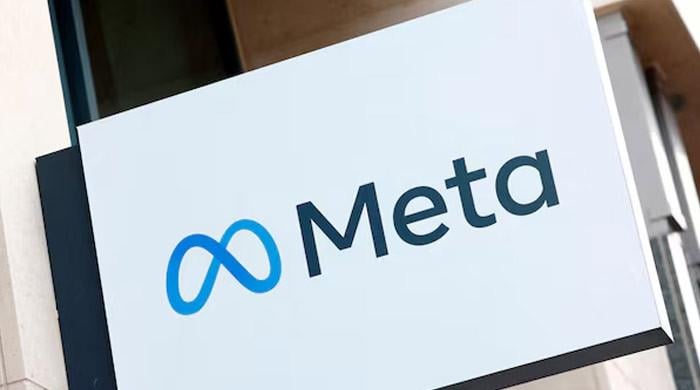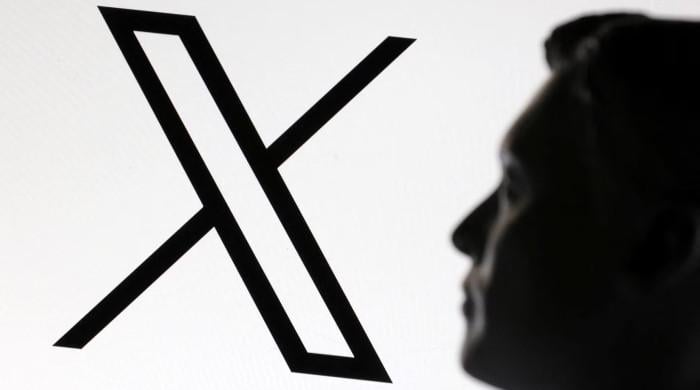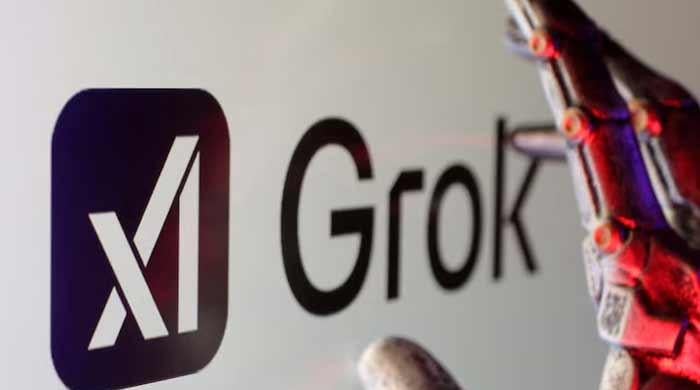Five good news in tech from 2022
As 2022 comes to close, there is much to be thrilled about, from advancements in climate technology to innovations in AI
December 29, 2022

When you consider the greatest tech stories of the year, you probably consider Elon Musk's purchase of Twitter, Sam Bankman Fried's bankruptcy filing for FTX, or the tens of thousands of laid-off tech professionals.
It was not the most optimistic and fun year when it comes to technology. Still, as 2022 comes to a close, there is much to be thrilled about, from advancements in climate technology to innovations in artificial intelligence technology to the most breathtaking views of space we could imagine.
Satellite internet helps the world
Satellite-based internet connections are starting to live up to their promise, though as usual, the technology is still not widely available.
Starlink has already been used to connect war-torn Ukraine and Antarctica, two pretty harsh test situations. If they can do it there, they can do it in remote communities in developing nations, rural areas, and areas affected by natural disasters.
In order to get over their restriction on information, we might even observe the emergence of rogue internet connections in nations like China and North Korea.
Generative AI
There are issues with generative AI, no doubt. But there is also undeniable potential. We got a peek at the work it can save across the art (DALL-E 2), programming (GitHub Copilot), and writing worlds as generative AI came to the fore this year, supported by developing AI methodologies (GPT-3, ChatGPT).
While code-generating AI can lessen the amount of repetitive coding a programmer must complete, art-generating AI can eliminate monotonous tasks like creating backgrounds for portrait photographs.
Text-generating free AI booms
Until recently, well-funded labs and enterprises had exclusive access to powerful text-generating AI models.
The open-source AI community, however, has risen to the challenge of creating cost-free alternatives during the past year. In order to make natural language systems publicly accessible for research, BigScience launched Bloom, which is about on par with OpenAI's GPT-3 in terms of its capabilities.
Undoubtedly, this new development is encouraging — especially given how quickly text-generating technology is developing.
An actual braille tablet
The Dot Pad represents a significant improvement over previous braille displays, which were typically cumbersome, pricey, and functionally constrained.
The Dot Pad's tactile display can mimic that of a phone or computer, presenting icons and images in a touchable format in addition to displaying numerous lines of text at once. The American Printing House for the Blind has already licenced the technology and is creating its own version. It is still in the process of moving from development to full-scale manufacturing.
Galaxies galore
The JWST's first deep field photos, which were released this summer, are the result of 26 years of toil. Even while it's hard to look past the stunning pictures of Stephan's Quintet or the Carina nebula, what these amazing pictures actually show is even more amazing.
Scientists still have many unanswered questions regarding exoplanets, the creation of the cosmos, and other topics, but they now have a new, potent instrument at their disposal to help them find solutions.




